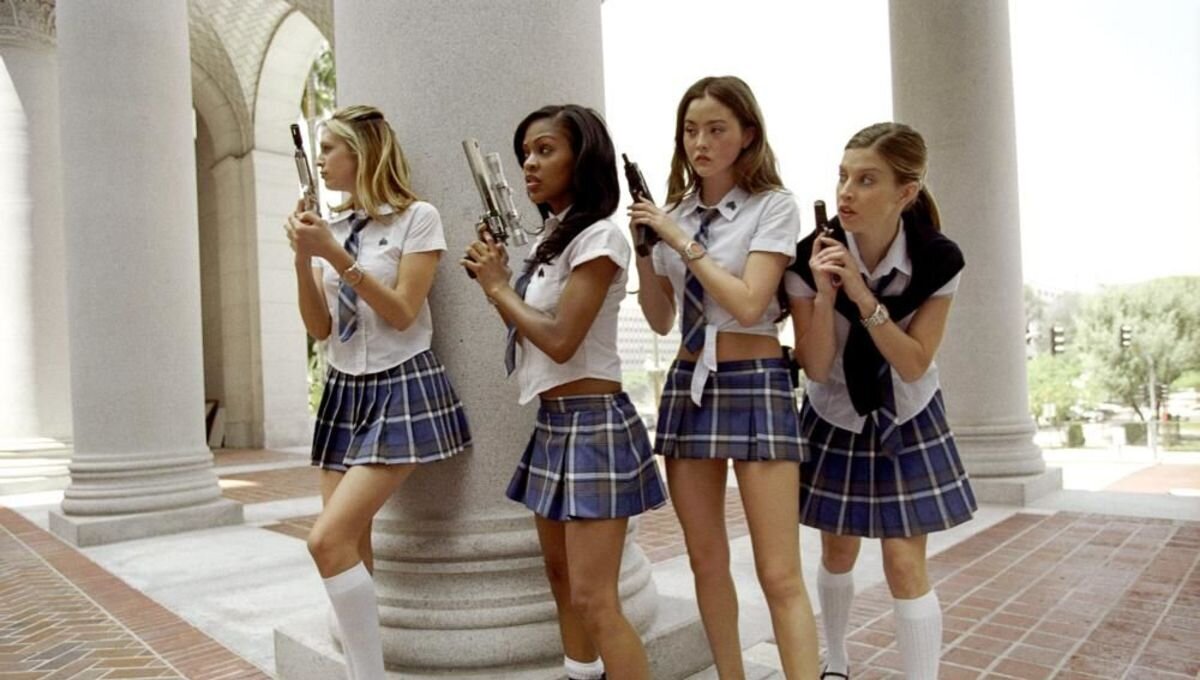By Andrea Thompson
Full disclosure: I not only resided in Milwaukee for many years, Tyshun Wardlaw, the director of “Growing Up Milwaukee,” was also a 2020 Film Girl Film Festival juror. I don’t exactly promise to be objective in these columns, seeing how objectivity has been dead for years, but this one is going to be more personal than most.
When you’re making a film about a city with a zip code that has the highest incarceration rates for Black men in the country, the first task is to not only get behind the numbers, but beyond them. Do so and various factoids are so unnecessary as to become meaningless. Sure, there’s all the scientific data that tells of the biological toll of repeated exposure to violence, but such dry details are only necessary for those who’ve not only never seen anyone get shot, but could feasibly go years without seeing a gun that’s not on some sort of screen.
Milwaukee is that kind of city, and Tyshun Wardlaw wastes little time exploring just what Marquell, Tiana, and Brandon are up against in her documentary “Growing Up Milwaukee.” They may not meet on-screen, but three teenagers have a lot in common, having grown up in areas that routinely see the worst of what Milwaukee has to offer.
The various community leaders don’t mince words either, whether they’re speaking directly to the camera or the kids they’re trying to help, laying out their options clearly enough. In the clip below, one makes his case while holding a funeral program in one hand and the Malcolm X’s autobiography in the other in a pretty stark message about what awaits his young listeners if they don’t rewrite the narrative that’s been laid out for them, both from the neighborhood itself or the outside forces that routinely depict them as misguided criminals at best, savages at worst.
But as “Growing Up Milwaukee” knows, simple choices aren’t always so simple. Wardlaw, a longtime Milwaukee resident herself, has clearly been doing the work for a long time. It shows in the ease with which she quietly records talks where participants grapple with abandonment, rape, and suicide as they struggle to navigate lives that seem to constantly lead them towards a fatal, predetermined end point.
Perhaps that’s why “Growing Up Milwaukee” almost seems like a kind of guide for finding the way back from trauma, with discussions about building trust back with family and friends at times feeling like detours with a somewhat lack of follow through. You always respect the goal though, which is to humanize her subjects rather than transform them into objects of pity or disdain.
And we feel for them each time Marquell, Tiana, and Brandon fail to follow through on who they want to be so spectacularly. Progress is there, and more often found in the people around them who’ve arrived at a place of peace and stability, but Wardlaw isn’t interested in giving her audiences an easy uplift, as anyone familiar with her work or previous short film “Hummingbird: A Sister's Courage” can attest. But anyone uninitiated might be shocked at just how tenuous any real gain feels. It’s clear that the young people she follows have greatness in them, but just whether they’ll get the chance to fulfill that greatness is a constant question.
In other words? Just as there are no easy uplifting moments, there are no easy answers. But the conversation is necessary, and often overlooked due to Milwaukee’s proximity to Chicago, which is (rightly) called out for its racism and high murder rate far more often. But as a longtime resident of Milwaukee who now resides in Chicago, the very real segregation in the former tends to dwarf the latter, at least in my experience. It’s not that the system is any less racist in Chicago, it’s that Milwaukee lacks key elements of Chicago’s more redeeming features, such as a reliable and widespread public transportation system and a tradition of Democratic leadership.
The result is that much of the worst elements of what America has to offer is magnified in a smaller environment that carefully insulates the privileged from their role in the suffering of those outside of the very deliberately, carefully constructed communities which are segregated not just by race, but class. If the city of Milwaukee hasn’t been held accountable as it should be, then a documentary like “Growing Up Milwaukee,” which not only explores the problem but is widely available on a major streaming service, is hopefully a sign of better things to come.
Growing Up Milwaukee is currently streaming on HBO Max.




























